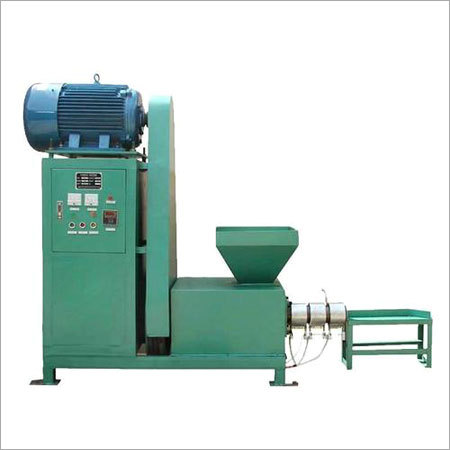
Jim Miller's List: BIOCHAR
-
-
Covering the earth with charcoal
Since building the Arne Næss Memorial Troll I’ve been doing some further fun experiments with biochar.
Biochar, basically, is charcoal made from any kind of organic material (biomass), not just wood. Like charcoal, it’s made by heating the biomass in the absence of oxygen, a process called pyrolysis. Biochar is useful for two main reasons: as a soil improver, and as a way of sequestering carbon dioxide from the atmosphere. Also, the gases produced by pyrolysis (mainly hydrogen and methane) can be burnt as fuel.
I have been using an extremely simple method that makes about half a kilo of biochar at a time. Take an old metal paint tin with a lid. Fill with biomass - basically, anything organic which is carbon-rich. Finely divided materials like sawdust and straw make the best biochar, but I’ve also used nutshells, orange peels, sticks… Put the lid on, but bend the rim back in one place to let the gases out. Place on hot embers inside the woodstove. First smoke, then jets of flame will come out of the tin. (The combustion of the gases produced by pyrolysis is now helping to heat the stove.) Once the flame stops, take the tin out, let it cool, and open it to reveal your biochar.
So far I’ve been composting the biochar, but I’m going to start experimenting with using it in a potting mix, to see how the plants respond. For this, I’ve soaked the biochar in diluted urine (as a source of nitrogen), then mixed it up in equal parts with sand and commercial potting compost.
-
-
-
-
-
-
1, the product is fully automatic hydraulic pressure machine, to suppress all kinds of powdery materials, according to customer requirements repression of flake type.
2, a suppression of 28 classes per 30,000 births, the electrical power 4 KW.
3, the adaptation of charcoal powder or powder compression molding, is a very popular international charcoal products compression equipment. System can be circular, square, convex and concave-shaped, rectangular and triangular, and other special-shaped tablets; smooth surface, the pressure size, density of self-regulation. Also can be used for chemical and industry-specific needs of the sheet molding mechanized production, fast, cost-effective high.
4, the only manufacturer of this product has been introduced by a number of foreign businessmen. The aircraft save resources, improve the quality of products multiplied. Mainly used for charcoal powder, pharmaceutical, food, chemical and other industries, with the safe operation and maintenance convenience, noise and so o
-
-
Apr 11, 09
Using Intensive Grazing to Store Carbon
"When American settlers first busted Midwestern prairies, they worked highly fertile virgin soil that was about 10 percent organic matter. On average, 150 years of agriculture has cut that vital organic matter by more than half and released huge amounts of carbon dioxide, the leading driver of global warming, into the air. Permanent pastures managed correctly can tap solar energy to pump about 1 percent of organic matter back to the soil each year. If we convert from grain-fed to grass-fed meat, we can turn millions of acres of row crops into carbon sinks, and use permanent pasture to pull carbon dioxide from the atmosphere and slow global warming, as well as conserve water."
The article is interesting but fails to mention that the 10% Soil Organic Matter (the SOM) is primarily made up of decomposable organics of a polymorphous state, that will rapidly oxidize (decay) and turn back into a green house gas. In science these materials are called 'Rapid Cycling Carbon'. If the decay is done aerobically the gas will be Carbon dioxide, if done anaerobically the gas will be methane. Only a tiny fraction of that 10% Soil Organic Matter will be composed of the Bio-molecule of Humus (the conglomeration of organic acids that as a group are called Humic acids). Humus or Humic Acids or Humic substances are stable chemicals without any calorie value and therefore will not decompose with microbial activity, so the resonance time in a soil can be over a 1000 years. What's forgotten or just misunderstood is that it's Humus that is the Bio-molecule and not the raw decomposing organic matter! Humus is powerful stuff and a tiny amount can give a huge measurable result. We've seen as little as 40 total pounds on an acre of farmland increase the yield of a crop dramatically.
Both Humus and Humic substances are a ‘hypernym’, which in linguistics of the Compendium of Scientific Nomenclature - the text corpus, a hyponym is a word or phrase whose semantic range is included within -
-
-
-
-
-
Apr 26, 09
Alterna Energy Inc.
-
-
-

